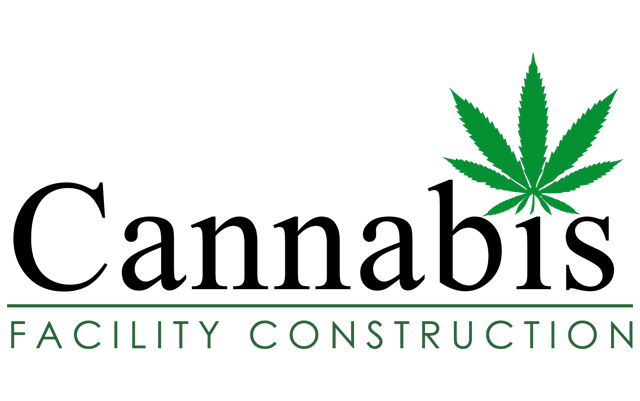Processing facilities and edibles kitchens should be considered innovation spaces as well as production areas; it’s important to build for both today and tomorrow.
As the cannabis industry becomes more sophisticated, increasingly more attention is being paid to maximizing the impact of processing facilities and edibles kitchens. It is these areas where quite a bit of production innovation and process optimization happens—and these spaces should be built with an eye to making sure they can support their future uses.
The construction of any cannabis facility is highly specialized, requiring a level of attention to detail similar to a pharmaceutical manufacturing plant. The main difference: Pharmaceutical manufacturers are subject to one set of rules, set in place thanks to federal oversight from the Food & Drug Administration. In contrast, cannabis is not legal at the federal level, meaning that builders of processing facilities must be familiar with a varying compilation of cannabis licensing commission rules and building codes regulating processing centers at the state and local municipality level.
While “legal” states have somewhat harmonized rules for cultivation facilities due to the hard-to-ignore by-products such as odor, broad regulations for processing centers remain in flux. Based on our work on dedicated cannabis processing centers in multiple states, there are some established factors to consider when it comes to designing and building these facilities.
Cannabis industry regulations rule facility design.
At the outset, specific state and local building codes and regulations for the cannabis industry must inform every aspect of processing center and edibles kitchen facility design. For example, while cultivation and processing facilities are typically on the same land plot in order to streamline the process as the cannabis moves through the supply chain from harvesting to packaging, some state laws (Michigan is one example) dictate that each facility must have its own entry and exit. Selecting real estate, and then renovating accordingly, is essential to achieving full compliance.
Envision efficiency.
Beyond specific regulations and building codes, cannabis companies can look to successful manufacturers in other industries for strategies on creating an efficient facility. In essence, facility designers must consider how the processing center supports the entire supply chain – from receiving raw product from the cultivation facility, all the way through to shipping packaged product to the retail dispensary.
To that end, it’s helpful to look at facility design through the lens of how it can support the following functions:
- Operations: First order of business is to determine what your facility will be processing. Cannabis plants can be converted into oil, or raw product that can be packaged by size and strain.
- Production: To maximize production, it’s critical to envision the “assembly line.” Determine what technology can support processing and the ideal ratio between machine and worker to enhance production.
- Maintenance: Ensure machines are easily accessible in case of repair, to avoid potentially shutting down the assembly line. Situate machines based on manufacturer requirements such as air-flow, access to exterior walls, etc., in order to prolong their life.
Design for innovation.
Given the U.S. cannabis industry is only a few years old, and technology is constantly changing, expect technology to constantly improve. That means machines will evolve and need replacing, and sizing and placement may need to vary. It’s important to keep design plans flexible, in case equipment needs to be relocated or replaced, or facilities need to expand to meet increased demand as more states make the move toward legalization. It’s also important to consider adjacencies: as staff are experimenting with new processes and products, can they easily collaborate with one another? Are there common areas that encourage interaction between functions, particularly cultivation, processing, and kitchen personnel?
Working with a trusted design-build partner early on in the process who understands the industry, its innovation trends—as well as state building codes and manufacturing industry best practices— will save cannabis companies time and money later and put them in the best possible position to comply with federal oversight, and innovate for the increased opportunity, if and when the day of national legalization arrives.






